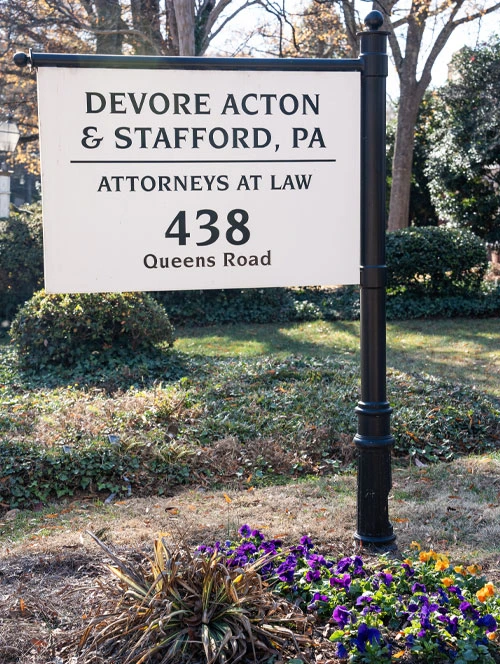Negligent Truck Maintenance

Driving adjacent to or even near a tractor trailer represents one of the largest fears of the driving public. Simple physics and common sense suggest that if your mini cooper and a tractor trailer collide, your chances of walking away unscathed are remote. However, in my experience, for the vast majority of these truck drivers, I am amazed with their skill in controlling their vehicle. However, their ability to drive and ability to maintain their vehicle are two separate notions.
Driving skill is irrelevant when carriers and their drivers fail to properly inspect, light, clean, and otherwise maintain their tractors and trailers. Take a stroll down I-40 or I-77 in the evening and you’re likely to find a host of violations of the Federal Motor Carrier Safety Regulations. Such regulations require, among other things, that all trailers be equipped with specific reflective stripping. The stripping is an alternating red and white pattern that must extend along the entire width of the trailer’s rear, and must (in total) extend at least halfway down the length of the trailer. There are also requirements that these reflectors be continually cleaned and replaced as needed. The purpose of these reflectors is to give oncoming and passing motorists an idea of the size and bounds of the tractor and/or trailer. Even a minor collision between an average sized car and a tractor trailer can have a devastating result. Thus, trucking carriers and their drivers need to adequately light, clean, and routinely inspect their vehicles to ensure they are in compliance with the Motor Carrier Requirements – to save lives and escape liability.

request your consultation
"*" indicates required fields


